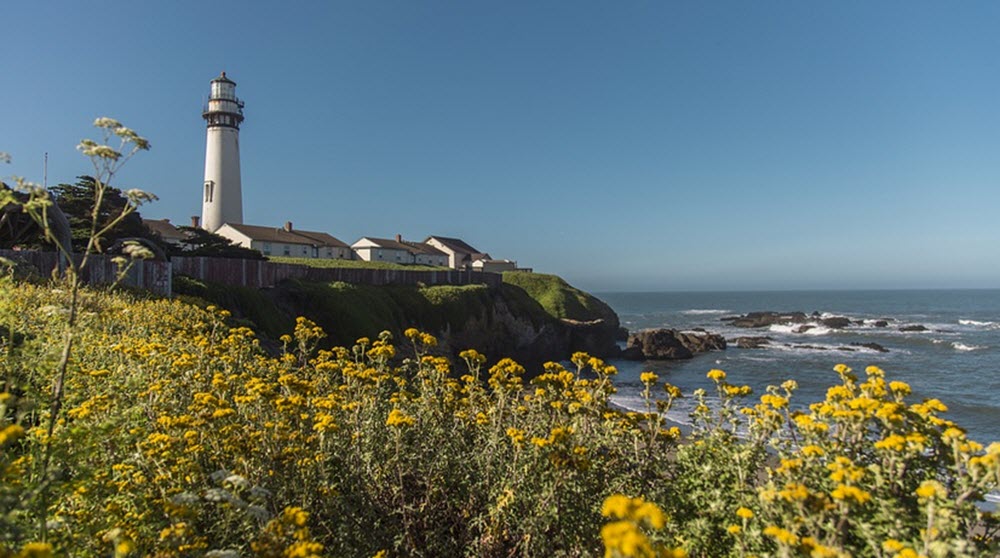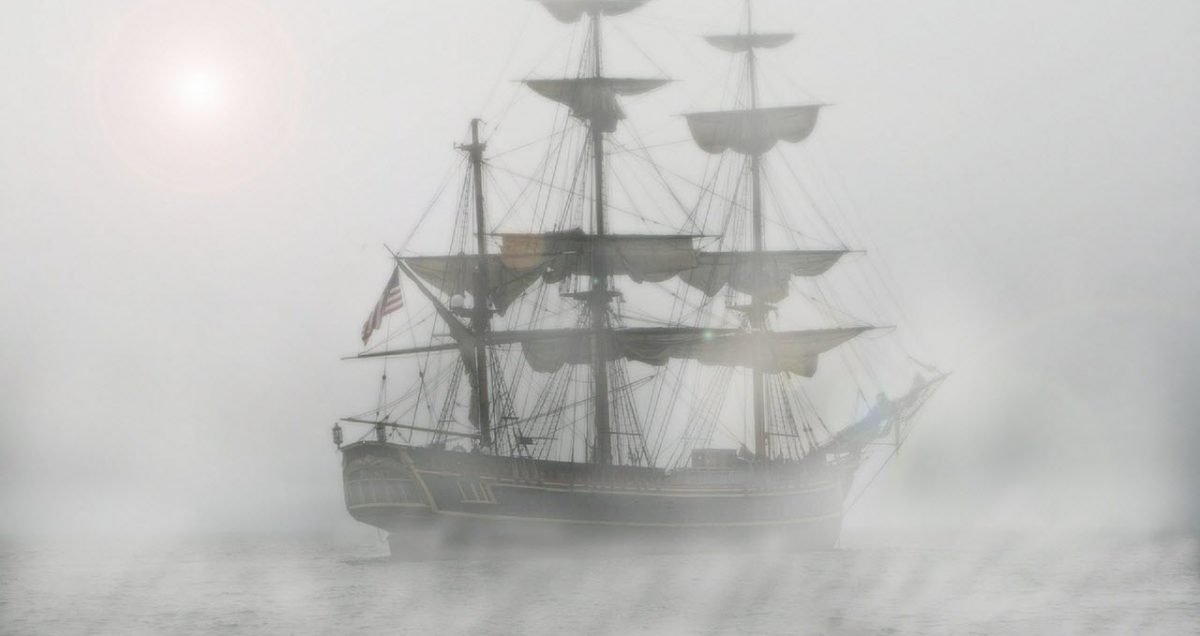Contents
By emitting a light, a lighthouse serves as a navigational aid at sea or on inland waterways. Before the advent of lighthouses, fires were lit in strategic places near the water to guide boats at night.
Lighthouses are especially common near harbours and along hazardous coastlines where boats need guidance to stay clear of shoals, reefs, rocks and similar dangers.

During the 19th century, a system evolved where each lighthouse in a region emitted its own specific signal which would be known to seafarers and would make it possible for them to pinpoint their own location.
Since the late 20th century, the number of operational lighthouses have declined dramatically around the globe due to an increased reliance on electronic navigational systems, including the Global Positioning System (GPS). Among the remaining lighthouses, most are automatic and have no lighthouse keeper living in or near them. The advent of electrification and automatic lamp changers made lighthouse keepers less important during the late 20th century. One example of a country where lighthouses and similar are still staffed is Canada, where there is at least 50 staffed light stations in operation right now.
Modern 21st century lighthouses are typically utilizing a single stationary flashing light, which is powered by solar-charged batteries. Where solar power isn’t a viable option, cycle charging by diesel generator is a common choice.
Why are lighthouses tall?
A lighthouse must be designed so the light is emitted at a height were it can be observed by vessels before they are too close to avoid the dangers.
To find out the minimum height, we must take into account the distance to the horizon. A commonly used trigonometric formula to calculate the minimum height is d = 1.17 multiplied by the square root of H, where d is the distance to the horizon in nautical miles and H is the height above water in feet.
It is also important to make sure that the light isn’t emitted too far above the water. There are for instance many locations along the Pacific Coast of North America where a lighthouse placed on a clifftop by the sea would be too far above the water because the frequent low clouds would obscure its light. The lighthouse must therefore be placed in a spot where the light can be emitted below the clouds. One example of a lighthouse that is located not at the clifftop but below it is Point Reyes Lighthouse in the Gulf of the Farallones in California. Point Reyes is one of the foggiest spots on the U.S. Pacific Coast, and the lighthouse is frequently blanketed by weekend-long fog periods.
Why are so many lighthouses cylindrical?
To reduce the effect of wind and waves on a tall structure, most lighthouses are cylindrical.
Lighthouses are often erected in exposed locations where they will be subjected to strong winds and rains, and sometimes even waves. Unlike a traditional residential building, a lighthouse needs to be tall and it must not be hidden by things that would shelter it from the elements, such as trees and cliffs. Therefore, reducing the effects of wind and wave action is very important when designing a light house.
The ancient world
One of the most famous lighthouses of the ancient world was the Pharos of Alexandria in Egypt. It was built in the 3rd century BC, during the reign of Ptolemy II Philadelphus. For many centuries this over 100 metre tall lighthouse was one of the tallest man-made structures in the world. It collapsed following a series of earthquakes between 956 AD and 1323 AD. The Pharos of Alexandria was one of the Seven Wonders of the Ancient World.

Modern-era lighthouses
The modern era of lighthouses is generally said to have started towards the end of the 1700s, spurred on by an increase in transatlantic commerce. This doesn’t mean that no lighthouses were built between the ancient era and the late 18th century. A lighthouse was for instance erected by Herny Winstanley in 1696-1698, after he had lost two ships on the Eddystone rocks; a major hazard for ships sailing through the English Channel. The original Eddystone lighthouse was a octagonal wooden structure anchored by 12 iron stanchions secured in the rock. During construction, a French privateer destroyed the work done so far and kidnapped Winstanley. As they arrived to France, King Louis XIV immediately ordered Winstanley to be released, noting that “France is at war with England, not with humanity“. Lighthouses were considered a public good; a service that benefited everyone at sea.
Another example of a seminal figure in the development of lighthouses is the Scottish civil engineer Robert Stevenson, who designed and oversaw the construction and improvement of numerous lighthouses during this nearly 50-year-long career with the Northern Lighthouse Board. The Bell Rock Lighthouse on the coast of Angus in Scotland is considered one of his finest accomplishments. Built on a rock in the North Sea in 1807-1810, it is the world’s oldest surviving sea-washed lighthouse. Among other things, Stevenson innovated the light sources, mountings, and reflector designs, as well as the systems used for rotation and shuttering, and he also promoted the use of Fresnel lenses. He is the inventor of the movable jib and the balance-crane for lighthouse construction.
A third notable lighthouse builder was the French navy officer and architect Blaise-Jean-Marius Michel, who constructed almost a hundred lighthouses along the coasts of the Ottoman Empire after the Crimean War. His career as a lighthouse builder started after he was involved in a shipwreck accident in the eastern Mediterranean, an event which prompted him to write to the French Emperor Napoleon III and suggest the construction of a lighthouse network along the coasts of the Ottoman Empire. The emperor, who wished to strengthen France’s influence over the region, agreed and Michel became the head of the Ottoman Lighthouse Authority.
